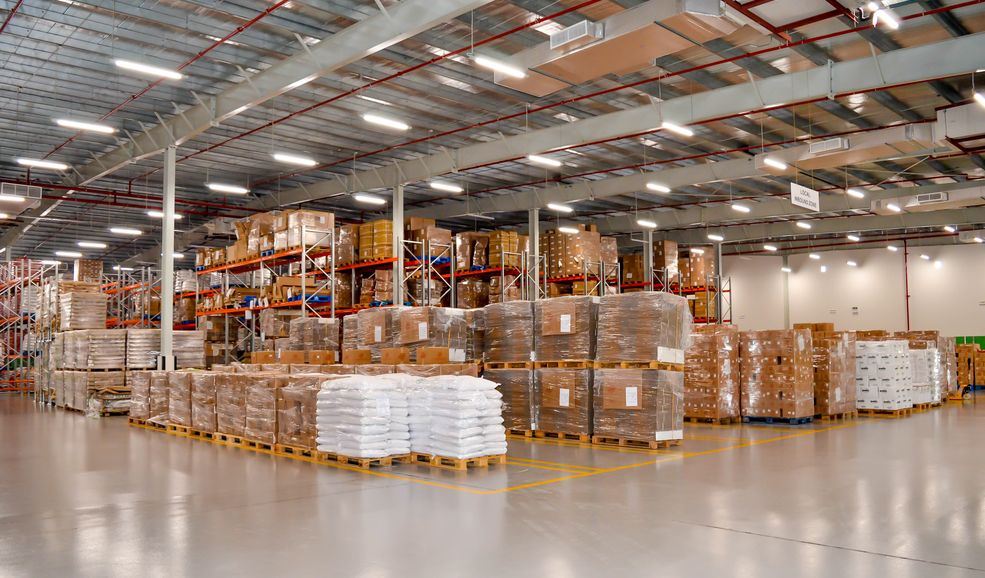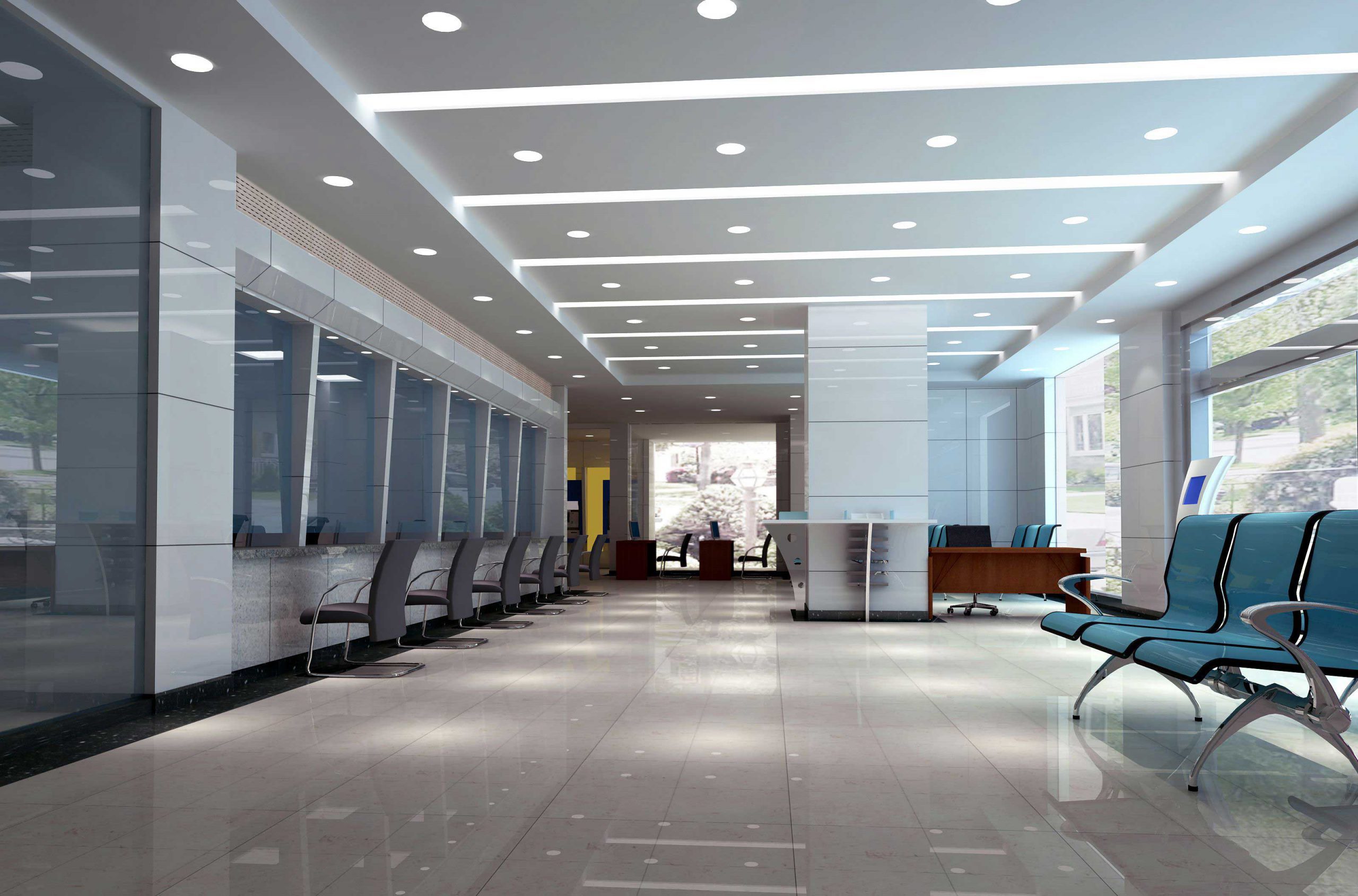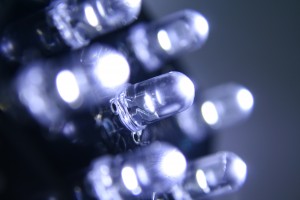Maintaining a warehouse or distribution center is not an easy task, especially since these buildings are generally quite large and demand more time and effort compared to other operations.
For instance, operating a small antique shop is simple because you can start and finish with great results in an extremely short period of time, but a warehouse just has so much square footage to cover. It is important to consider the fact that the lighting is a crucial part of any building, but especially warehouses and distribution centers as they require so much lighting and have a lot to do with worker safety.
Better Light Quality, Less Accidents
When you invest in LED lighting, you can be confident that the quality level is superior to other options. Protecting your workers is an important part of running a business, especially because an injury claim can cost thousands of dollars rather quickly. Additionally, dealing with a serious injury from your employees can put a huge damper on productivity as they may be an important part of your team. While this may indirectly relate to lighting, this does not change the fact that going with LED for warehouse & distribution center lighting is definitely the best option available.
Longer Lasting, Less Replacing
It is not uncommon for a warehouse to require dozens of lights to maintain proper lighting, and this can get expensive, especially when you consider energy expenses. Fortunately, LED lighting lasts much longer than alternative choices, so not having to replace them as soon as you would with other types of lighting means savings on the purchase of lights and the time required to replace them.
Excellent Durability is Ideal for Warehouses and Distribution Centers
While there are some businesses that do not go through much physical work, a warehouse is likely to see a lot of moving around of items with heavy machinery. It is extremely beneficial that LED lighting is very durable compared to other lighting types, and this is because being able to withstand a little bit of pressure can mean not needing to replace a light after getting hit by a hand or object lightly.
If you want to improve your warehouse or distribution center with LED lighting, contact us for more information.



